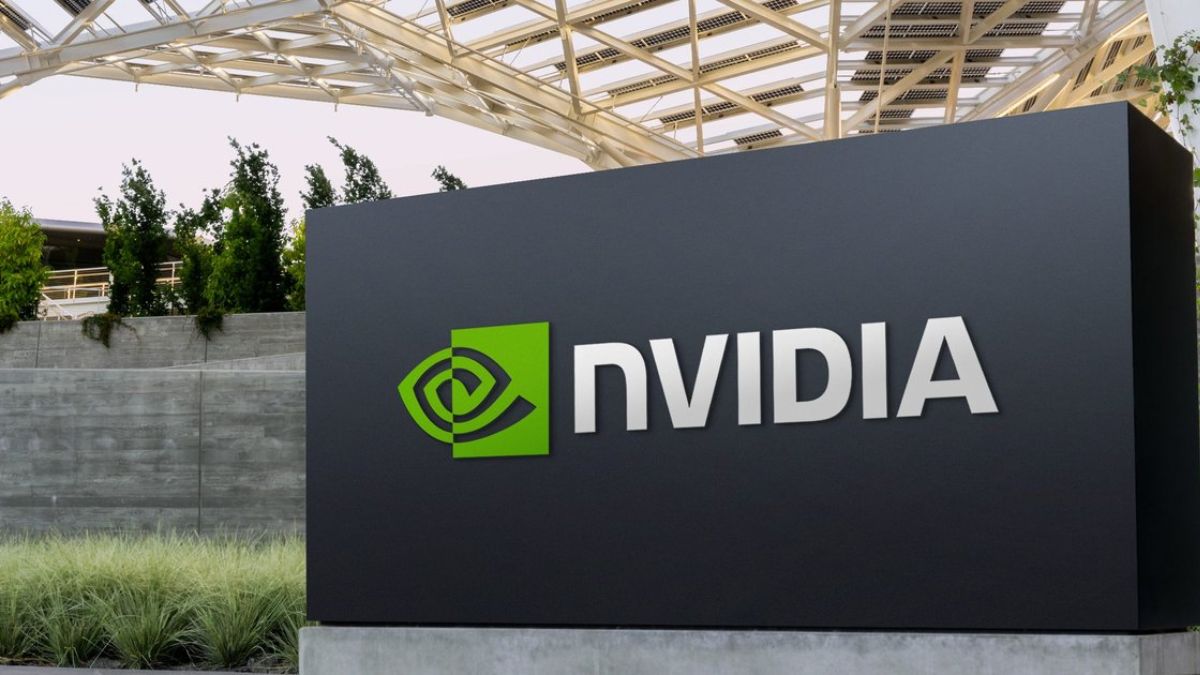Necessary Always Active
Necessary cookies are required to enable the basic features of this site, such as providing secure log-in or adjusting your consent preferences. These cookies do not store any personally identifiable data.
|
||||||
|
||||||
|
||||||
|

In Focus
In a high-profile address at its Washington, D.C. developer event, NVIDIA Corporation CEO Jensen Huang announced that the company will build seven new supercomputers for the U.S. Department of Energy (DOE), marking a significant push into national-scale infrastructure.
The commitment underscores the company’s increasing focus on the NVIDIA AI supercomputers category, bridging its commercial data-centre roots and government-contracted systems. In other news, Nvidia takes a 5 billion stake in Intel, marking one of the most significant cross-investment deals in the global semiconductor sector this year.
The scale of the move is backed by Nvidia’s reported advanced-chip bookings of about US $500 billion. According to Huang, the largest of the DOE systems will deploy approximately 100 000 of the company’s latest “Blackwell”-architecture chips, reinforcing the NVIDIA Blackwell AI chips DOE deal focus.
At the same time, Nvidia remains acutely aware of the value of access to the Chinese developer base. Huang said: “A policy that causes America to lose half of the world’s AI developers is not beneficial long term… it hurts us more.” He further noted that the company has not applied for export licences for its newest chips to China, citing: “They’ve made it very clear that they don’t want Nvidia to be there right now,” as stated by Reuters.
Core Insights at a Glance
The announcement solidifies that NVIDIA AI supercomputers are no longer a niche category but a core component of global computer infrastructure strategy. The transition towards national-scale computing deployments via the DOE contract signals that large-scale procurements will increasingly require alignment with supply-chain localization and geopolitical posture.
In short, Nvidia’s strategic move highlights the convergence of national-tech strategy, global supply-chains, developer-ecosystem access and hardware-commitment scale.